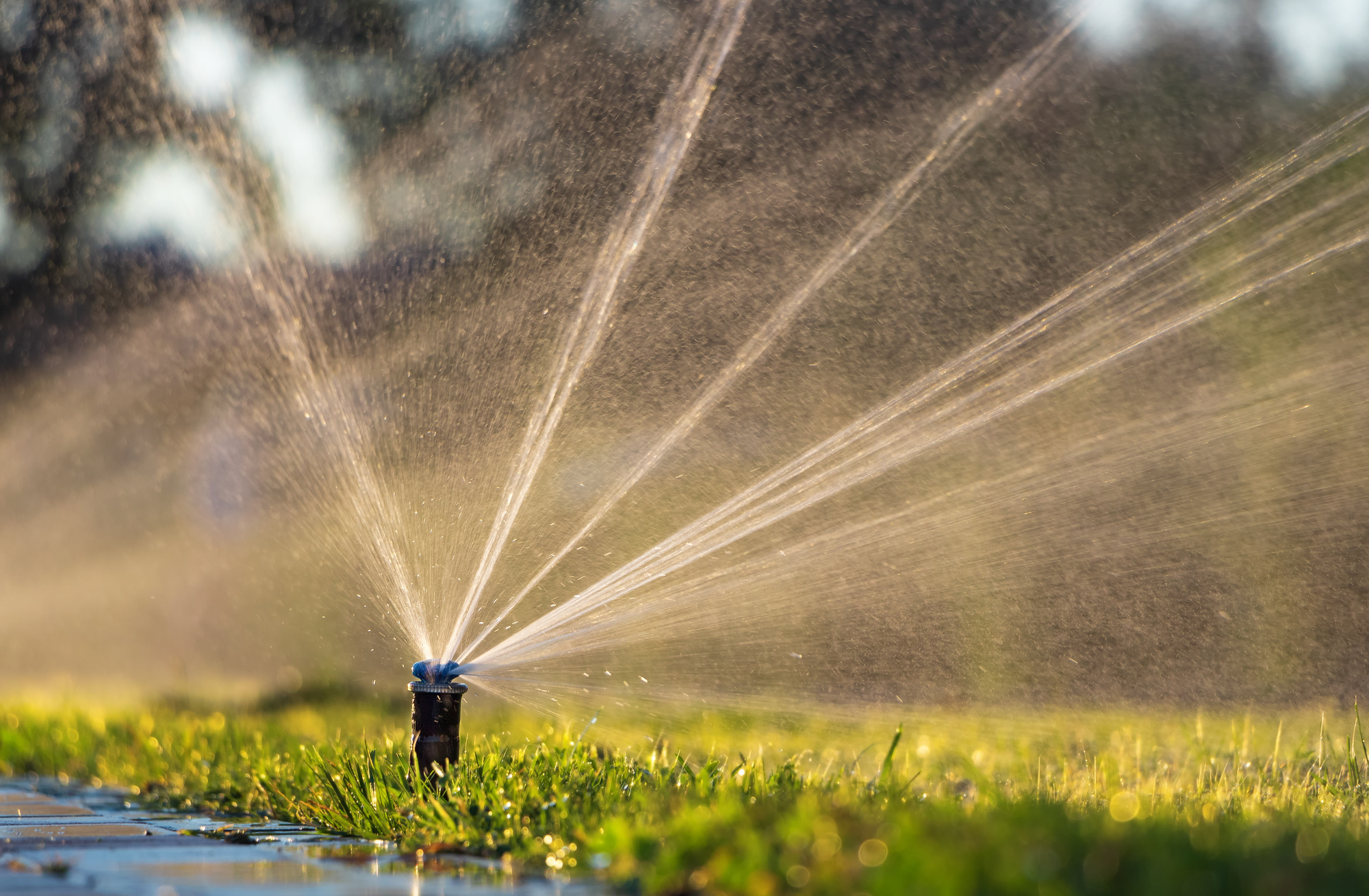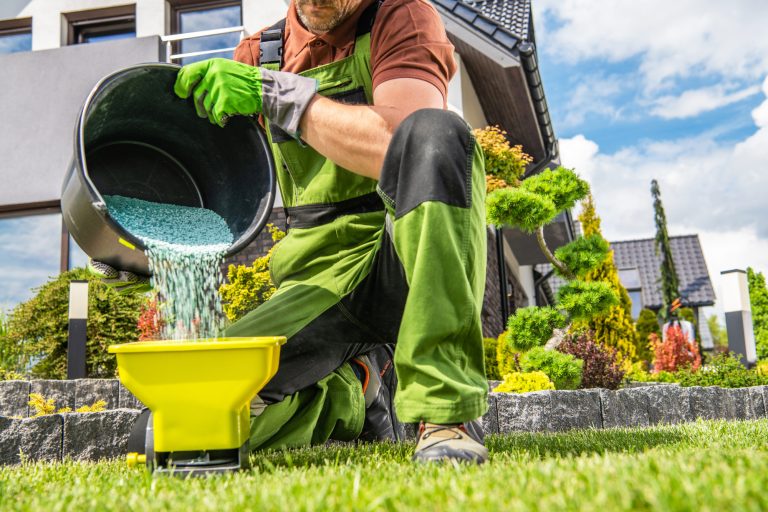Every lawn needs regular nourishment and hydration to thrive. Fertilization provides the nutrients grass and other plants need to grow, ensuring the landscape remains lush, vibrant, and resilient. Similarly, irrigation delivers the much-needed water that sustains life, facilitating the absorption of nutrients, regulating temperature, and supporting critical biological processes.
However, while fertilization and irrigation are indispensable for a healthy lawn, the harmony between the two truly maximizes a lawn’s potential. Proper synchronization ensures that the grass gets the right amount of nutrients and water, preventing over- or under-supply, which can result in many lawn issues.
This article delves into synchronizing these two critical factors and how to make the most of them for optimal lawn health.
Irrigation Essentials
Water is the lifeblood of any lawn. It aids in the absorption of nutrients from the soil, keeps the grass cool, and supports photosynthesis. However, over-watering can lead to fungal diseases, while under-watering can cause dehydration. Thus, understanding the optimal quantity, frequency, and timing for irrigation is imperative.

The general rule for most lawns is to provide 1 to 1.5 inches of water per week, either from rainfall or supplemental irrigation. Early morning is the best time to water, as it allows for moisture absorption before the sun’s intensity increases, minimizing evaporation.
It’s crucial to water deeply and less frequently rather than shallowly and often. Deep watering encourages deeper root growth, making the lawn more resilient to drought conditions.
Moreover, modern irrigation systems, provided by Nutrien Water and other reputable providers, can provide efficient watering, ensuring the water reaches where it’s most needed while minimizing waste. Investing in these technologies can prove beneficial in the long run.
The Basics Of Fertilization
Fertilization introduces essential nutrients into the soil that might be lacking or have been depleted over time. These nutrients primarily include nitrogen, phosphorus, and potassium.
Each plays a vital role in plant health. Nitrogen aids leafy growth, phosphorus supports root development, and potassium is crucial for overall plant health and disease resistance.
Different grass types have varied nutritional needs, and understanding these requirements is pivotal. Too much or too little of any nutrient can harm the lawn. It’s always essential to select the right type of fertilizer and follow the recommended application rates.
Furthermore, the time of application also matters. Generally, early spring and fall are considered the best times for most lawns, but local conditions and grass types can adjust this schedule.
Moreover, technology and research have introduced slow-release fertilizers, which provide nutrients over an extended period. This can be beneficial as it reduces the risk of nutrient burn and offers prolonged nutrition. On the contrary, fast-release fertilizers give a quick boost but need frequent application.
Balancing Fertilization With Irrigation
Mastering the equilibrium between fertilization and irrigation is crucial for a thriving lawn. Both elements are essential, but when synchronized correctly, they ensure optimal health and growth for the grass. Here are some techniques to strike this balance:
- Soil Testing
Soil tests provide insight into nutrient levels, influencing both fertilizer choice and water requirements. Understanding the soil’s moisture retention capabilities informs irrigation needs, while its nutrient content indicates what fertilizers to apply, ensuring effective nutrient absorption with each watering.
- Scheduled Watering
Uniform watering assists in the even absorption of nutrients. Maintaining regular moisture levels ensures that the soil is always primed for optimal nutrient uptake, preventing instances where fertilizer simply sits atop dry soil or gets washed away.
- Post-Fertilization Watering
After fertilizing, a gentle watering helps to incorporate nutrients uniformly. This makes nutrients immediately available to the roots and prevents potential burns from concentrated fertilizer patches.
- Rainfall Monitoring
Monitoring natural rainfall is essential. Rain can act as a natural water source to dissolve and distribute nutrients from fertilizers. With ample rainfall, it might reduce the need for additional watering and even influence the timing of fertilizer application.
- Use Of Slow-Release Fertilizers
Slow-release fertilizers complement regular irrigation schedules. These fertilizers gradually release nutrients, ensuring that consistent watering over time maximizes nutrient absorption and minimizes wastage or runoff.
- Irrigation System Calibration
An even water distribution from calibrated irrigation systems ensures uniform nutrient absorption. Consistent and evenly distributed water can prevent areas with too much fertilizer from getting oversaturated and other areas from being deprived.
Implementing these techniques can help gardeners and homeowners ensure that every drop of water and every granule of fertilizer works harmoniously for the lawn’s betterment. By understanding and respecting this balance, one can cultivate a lawn that is both lush and resilient.
Conclusion
Fertilization and irrigation, while independently vital, reach their full potential when harmonized. By understanding their interplay, one can cultivate a lawn that is visually pleasing, healthy, and sustainable. Proper lawn care is both an art and a science and mastering the delicate balance between nutrients and water is at its heart.

